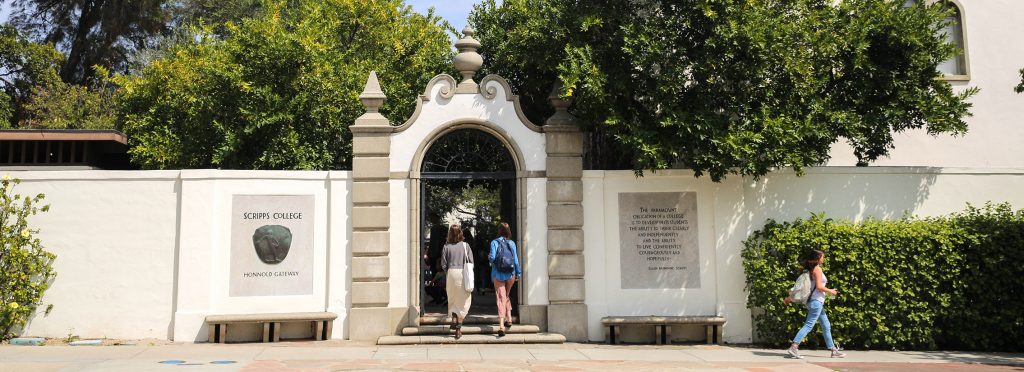Maya Lozinsky ’23
Staff Writer
This spring semester, seven students transferred to Scripps College. With similar academic attributes of most small liberal arts colleges, many students were drawn to Scripps because of its environment, both in and out of the classroom.
Rina Nagashima ’23 transferred from Wellesley College in Massachusetts after her first semester, hoping to find a better sense of community on campus.
“Scripps seems to have a collaborative environment and emphasizes both academic and personal development, which I think is really important,” Nagashima said. “Fit outside of academics wasn’t something I thought about when I first applied to colleges in high school.”
The holistic culture of Scripps is highly revered among transfer students as one of its most valuable attributes. Sammy Lee ’22, a transfer from the University of Richmond in Virginia, was pleasantly surprised at the attentive nature of professors and faculty across the 5C community.
“Professors and faculty are very engaged in how their students are experiencing and feeling about their institution, not just leaving the students to figure out their own way,” Lee said.
At their previous schools, both Lee and Nagashima said that they felt as if something was missing. Lee explained that at her previous school, the student body was predominantly composed of wealthy white students. Lee was troubled not only by the lack of diversity among the student body, but also by the way that the lack of interaction between groups “marginalized even the marginalized groups.” Scripps, by contrast, offers a different experience.
“You see familiar faces, and I just really love that part of having a close cozy community,” Lee said.
For Nagashima, her favorite thing about Scripps is the community and culture.
“The campus dynamics were different from what I expected, and I was looking for a school that had life centered more on-campus than off-campus.” Nagashima said. “It’s really exciting to me whenever I get to grab a meal with someone I just met or meet their friends.”
Transferring to a new college and acclimating to a new school culture comes with its challenges. In anticipation of these challenges, the transfer students underwent a three-day orientation prior to the start of the spring semester. In addition, Peer Mentors organized a dinner event for all transfer students at Scripps regardless of when they had transferred.
“There were about 20 people and that was the big transfer event” Lee said.
Other than that, however, events specifically catered to the needs of transfer students appeared limited. Lee noted that she heard multiple opinions about how an event including all transfers across the Claremont Colleges would be beneficial.
This phenomenon is not unique to spring semester transfer students. Stella Favaro ’22, who transferred to Scripps at the beginning of the fall semester, echoed similar sentiments. Favaro, as well as other fall transfers participated in first-year orientation where they were dispersed among all first-year students instead of receiving a more specialized orientation designed for transfer students.
“I felt like I couldn’t quite identify with the [first years] and it wasn’t easy to find other people going through the same experience as me during that time,” Favaro said.
A significant number of students transfer colleges. According to the Princeton Review, about a third of all students transfer before earning their degrees. While these seven students make up a much smaller percentage of Scripps, this opportunity allows them to find a college that feels more like home.
“There’s so many benefits that follow from going to a women’s college,” Lee said. “There are definitely a lot of academic and emotional support that you feel from many different sides, which brings me a lot of comfort.”
Image Source: Scripps College



